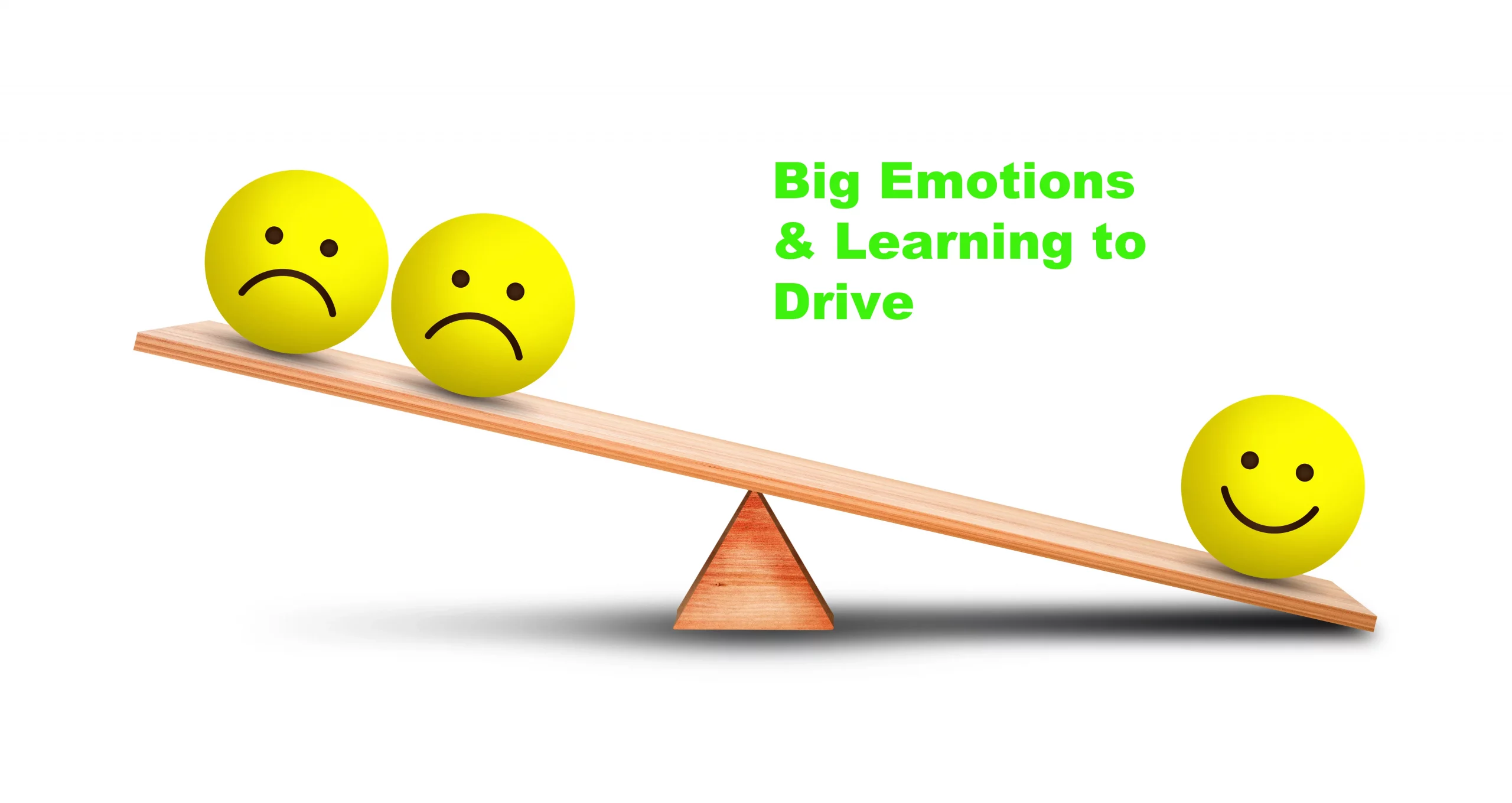For several decades I worked in the corporate world, led there by a personal drive to understand what the Ph.D.s in the back seat of my car were doing as we purposely distracted drivers with ringing cell phones. These applied science cell phone studies with Transport Canada changed my life and threw me in a new direction beyond ‘What is a Good Driver’ into “How does one Measure Change.“
My curiosity lead me into management positions for several groups. My drive for change pushed me into positions within organizations with the most ability to make changes. And yes, I was also going thru dramatic personal changes at every step.
Change was the name of the game every day. Change driven explicitly towards improvement, making things better, bigger and more efficient. Moving a group of people, plus many other moving parts, required changing people, habits, thinking, and actions.
And, of course, emotions.
Changing your whole body and mind as you learn to control 2000 kg of steel that can move very fast in a split second, and is hard to see around, is not an easy task.
We all experience emotions during change, but each expresses it in their own way. And with change often comes emotions, confusion, frustration and upset. Occasionally, this is directed outward by clients learning to drive.
I am clear about what needs to CHANGE to achieve adequate control to become a good driver.
But with this knowledge, I face a choice of being gentle or pushing. And sometimes, I cross this fine line. Paying me to produce a result moves me in a particular direction, often crossing that line and causing extra stress as I push against your resistance to the necessary changes.
Blowback may erupt, words get spoken, anger bubbles over, the dust settles, and then, most often, the change starts to occur. Occasionally the client never returns, and I wonder if I fall into the bad driving lesson category. Usually, when I think I blew it, the client returns. Occasionally, some don’t.
But I promised myself years ago to be as honest as possible when someone pays me money and expects 90 minutes of help. So I do say most everything I see. And I warn clients that it can be overwhelming the first time meeting me, but this is usually true for drivers who have driven a fair amount and are coming to me for suggestions, problems and want my assessment.
This emotional conflict rarely surfaces as intensely if you start with me with zero hours of driving experience. However, you still face the struggle to change, as we all do when learning skills and new ways of thinking. And the 200 muscles in your body need to change also. With new drivers, this struggle rarely gets directed at me.
But everyone goes thru the struggle to change. – and emotions.
And that’s ok.
It’s all part of learning to drive.
It’s all part of change.





Comments are closed